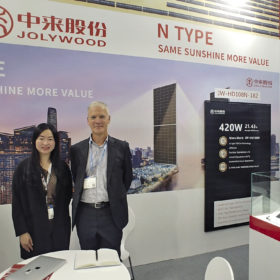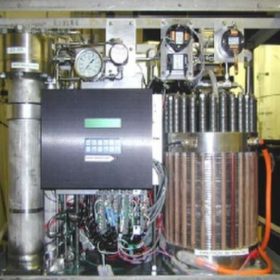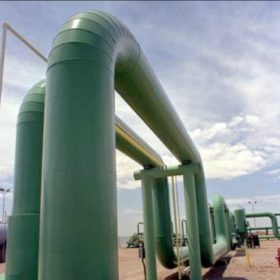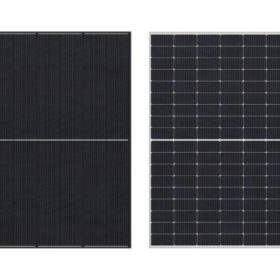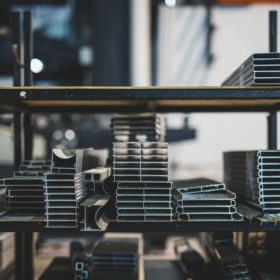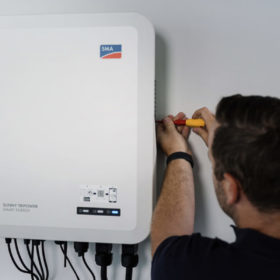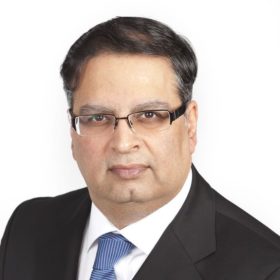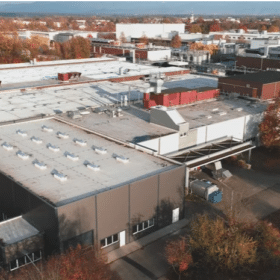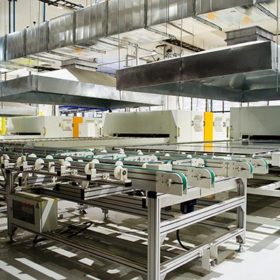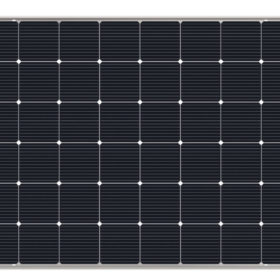The long read: Expansions in n-type solar tech
The past 12 months have been a turbulent time for PV manufacturing. Rapid and impressive developments in technology have been accompanied by price increases up and down the supply chain, and energy shortages weighed on production in the second half of the year. Chinese n-type module manufacturer Jolywood is now pressing ahead with ambitious expansion plans despite the disruption. pv magazine publisher Eckhart K. Gouras and editor Mark Hutchins recently caught up with Cathy Huang, European sales director at Jolywood, to discuss the company’s plans to bring n-type TOPCon technology into mainstream production.
Electrolyzer sales expected to quadruple this year globally
According to BloombergNEF, electrolyzer shipments may reach up to 2.5GW in 2022, up significantly from 458MW last year. China and the United States will become the world’s first and second markets, respectively.
L&T and Norway’s HydrogenPro to set up electrolyzer gigafab in India
Larsen & Toubro (L&T), an Indian multinational EPC contractor, has partnered with Norway’s HydrogenPro to set up a joint venture in India for gigawatt-scale manufacturing of alkaline water electrolyzers.
Sharp introduces 410 W half-cut panel with 21% efficiency
The panel features 108 half-cells based on M10 wafers and a 10-busbar design. Its operating temperature coefficient is -0.341% per degree Celsius and its power tolerance reaches up to 5%.
Huge aluminum demand expected in solar industry, concerns arise on emissions
Researchers from the University of New South Wales (UNSW) predict that growth to 60TW of photovoltaics needed to rapidly reduce emissions to ‘net zero’ and limit global warming to <2 °C could require up to 486 Mt of aluminium by 2050. A key concern for this large aluminium demand is its large global warming potential.
New hybrid inverter for rooftop PV arrays from SMA
SMA’s new hybrid inverter reaches a maximum efficiency of 98.2% and a maximum European efficiency of 97.5%. It is compatible with DC-coupled high-voltage lithium-ion batteries from leading suppliers, according to the manufacturer.
RenewSys expands solar encapsulant capacity to 3 GW, aims for 11 GW
The Indian solar manufacturer has expanded the overall encapsulant capacity to 3 GW with the addition of a new line at its Bengaluru facility. The latest addition is capable of ethylene-vinyl acetate (EVA) and polyolefin elastomer (POE) sheets. The manufacturer is looking to further expand its encapsulant capacity to 11 GW.
Exide infuses US$2.68 million into lithium battery JV with Leclanché
Exide Leclanche Energy Private Limited, the joint venture with Swiss energy storage specialist Leclanché, has a lithium battery pack and module assembly factory in Gujarat.
India’s solar module manufacturing capacity on track to soar 400% in four years
Ratings agency Crisil analysts estimate India will have 38-43GW of annual solar module manufacturing capacity by the end of March 2025. Production capacity will be driven by strong domestic demand, favorable government policy, raised module conversion efficiency, and price competitiveness, according to the ratings agency.
TOPCon vs PERC
TOPCon solar cells are on their way to fully compete with PERC solar products, according to recent research from Germany’s Fraunhofer ISE. Efficiency gains for the TOPCon concept, however, are necessary to help it capture more market share, as production costs remain higher than those for PERC tech. A series of cost-driven strategies to make TOPCon modules advance were outlined in the study.
